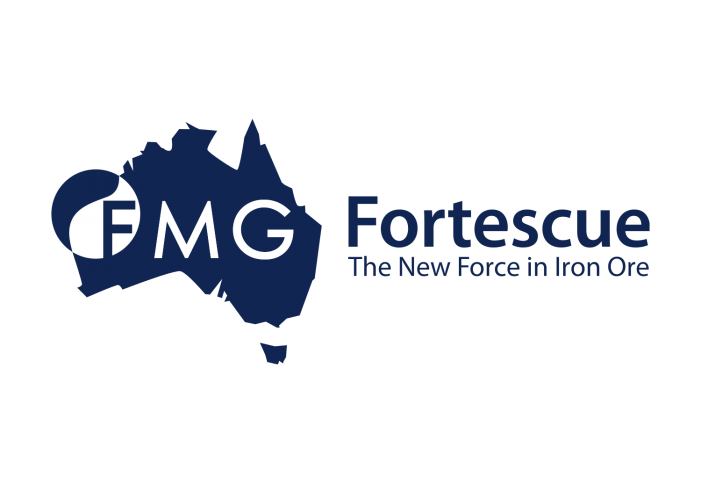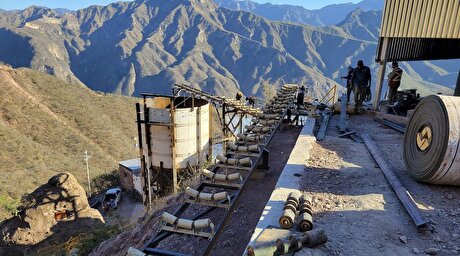
Fortescue narrows February iron ore discounts


SSF fines cargoes will be sold at a 33pc discount to the February 62pc reference index compared with a 37pc discount in January and a 40pc discount in December, said Chinese market participants. The discount for blended fines has been set at 22pc compared with 28pc in January.
There has been robust demand for low-grade fines since steel prices and profit margins crashed around mid-November, which has made mills more cost conscious and led to increased use of low-grade ores in the furnace burden.
Demand for low-grade ores should remain strong in the near-term, with profit margins still at quite low levels, said a Singapore-based trader.
There has been a shift in iron ore use to mainstream medium-grade and high-grade ores over the past year after Beijing tightened environmental controls. China is pushing steel mills to shed older, smaller blast furnace capacities and build new plants in coastal or less populated areas with larger blast furnaces that are more emissions compliant.
But steel mills will continue to tinker with their furnace burdens, especially during periods of low profitability, and even increase use of lower-priced ores.
Mills have increased purchases of SSF fines and Fortescue blended fines in portside markets this month to stock up for the 4-10 February lunar new year holiday and the spring season in late February.
The yuan-denominated SSF fines has so far traded at a 35pc discount to the Argus PCX 62pc portside fines price this month, compared with a 36pc discount in December and 38pc discount in November.
The Argus PCX price averaged 561.56 yuan/wet metric tonne in January at a seaborne equivalent of $74.40/dry metric tonne, assuming 16pc value-added tax and 8pc moisture.


KoBold Metals granted lithium exploration rights in Congo

Freeport Indonesia to wrap up Gresik plant repairs by early September

Kyrgyzstan kicks off underground gold mining at Kumtor

Luca Mining expands Tahuehueto mine with Fresnillo land deal

Equinox Gold kicks off ore processing at Valentine mine

India considers easing restrictions on gold in pension funds

Critical Metals, Ucore ink 10-year offtake deal to supply rare earths to US plant

Critical Metals, Ucore ink 10-year offtake deal to supply rare earths to US plant

Equinox Gold kicks off ore processing at Valentine mine

India considers easing restrictions on gold in pension funds

Luca Mining expands Tahuehueto mine with Fresnillo land deal

Kyrgyzstan kicks off underground gold mining at Kumtor

Ukraine launches tender for major lithium deposit

KoBold Metals granted lithium exploration rights in Congo

















